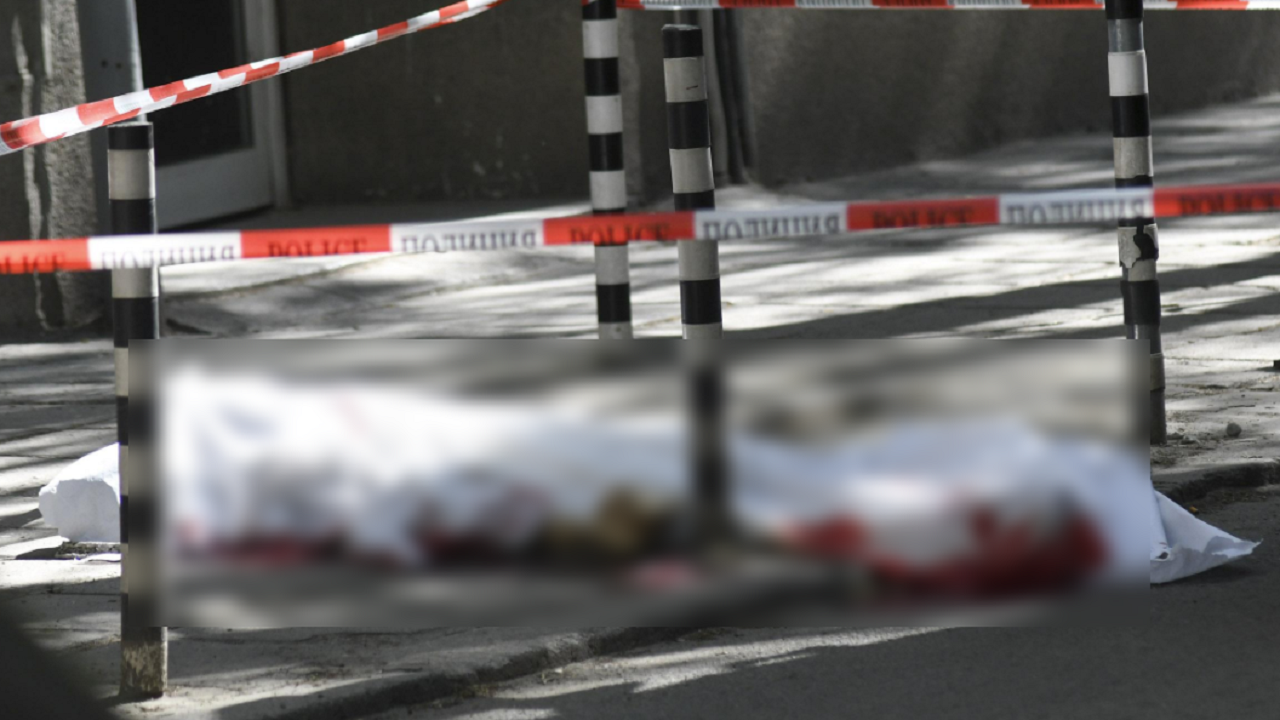This Thursday evening, at nightfall, the sky will be the scene of a sparkling spectacle. Like every summer, between July 14 and August 24, thousands of shooting stars illuminate the sky. But it is on the night of August 12 to 13 that they will be the most numerous.
What are the Perseids?
Shooting stars are actually micrometeorites that “Come from the remains of particles of comets and pieces of broken asteroids”, explains the Nasa on his site. “As they revolve around the Sun, comets leave small debris in their wake”, continues the space agency. When the Earth crosses these clouds of debris, they disintegrate on contact with our atmosphere, which generates “Fiery and colorful trails in the sky”.
Perseids is the name given to meteoric swarms, colloquially referred to as meteor showers, observable at this time of year. They are so named “Because they seem to spring from the constellation of Perseus”, writing Futura Sciences. In Greek mythology, Perseus is the son of Zeus and Danae.
“Space debris that comes into contact with our atmosphere to form the Perseids comes from comet 109P / Swift-Tuttle”, indicates Nasa which estimates that the last visit of comet Swift-Tuttle in our solar system dates back to 1992. In total, this comet, discovered in 1862 by Lewis Swift and Horace Tuttle, takes 133 years to circle the sun.
Why is the night of August 12 to 13 so special?
The Perseids reach their peak on the night of August 12 to 13. For NASA, this is the “Best meteor shower of the year” during which we can observe up to a hundred shooting stars per hour. Very abundant, the Perseids are particularly fast and brilliant.
They are known for their fireballs. “Fireballs are large explosions of light and color that can linger longer than an average meteor trail”, describes the space agency which specifies that these fireballs come from comet debris larger than normal.
Legend has it that the shooting stars that roam the sky that night represent the tears of Lawrence of Rome (celebrated on August 10) who was burned alive on a grill in the 3rd century.
Are the conditions favorable this year?
Yes, the conditions will be ideal because the Moon will not come to play the spoilsport by lighting up the night. This rain of shooting stars comes four days after the new moon, so the sky will be dark enough for optimal contemplation.
In addition, Météo France is forecasting fairly mild weather over a large majority of the country.
How to observe them?
Golden rule: stay away from any source of artificial light. It is therefore preferable not to be in a large city where light pollution is permanent. For more comfort, it is good to bring a deckchair, a hammock or just a blanket so that you can lie down and have your eyes fixed on the sky.
In order not to miss a thing, some specialists recommend focusing on the radiant, the point of the celestial vault from which the shooting stars seem to originate. For this, we must find where the constellation of Perseus is located. “To see shooting stars, the observer can favor this direction – Perseus gets up in the northeast around 10 pm in August”, advises Futura Sciences. The most novices can bring a sky map or download an application such as Sky Safari. And between two shooting stars, don’t forget to make a wish and keep it to yourself.
– .


